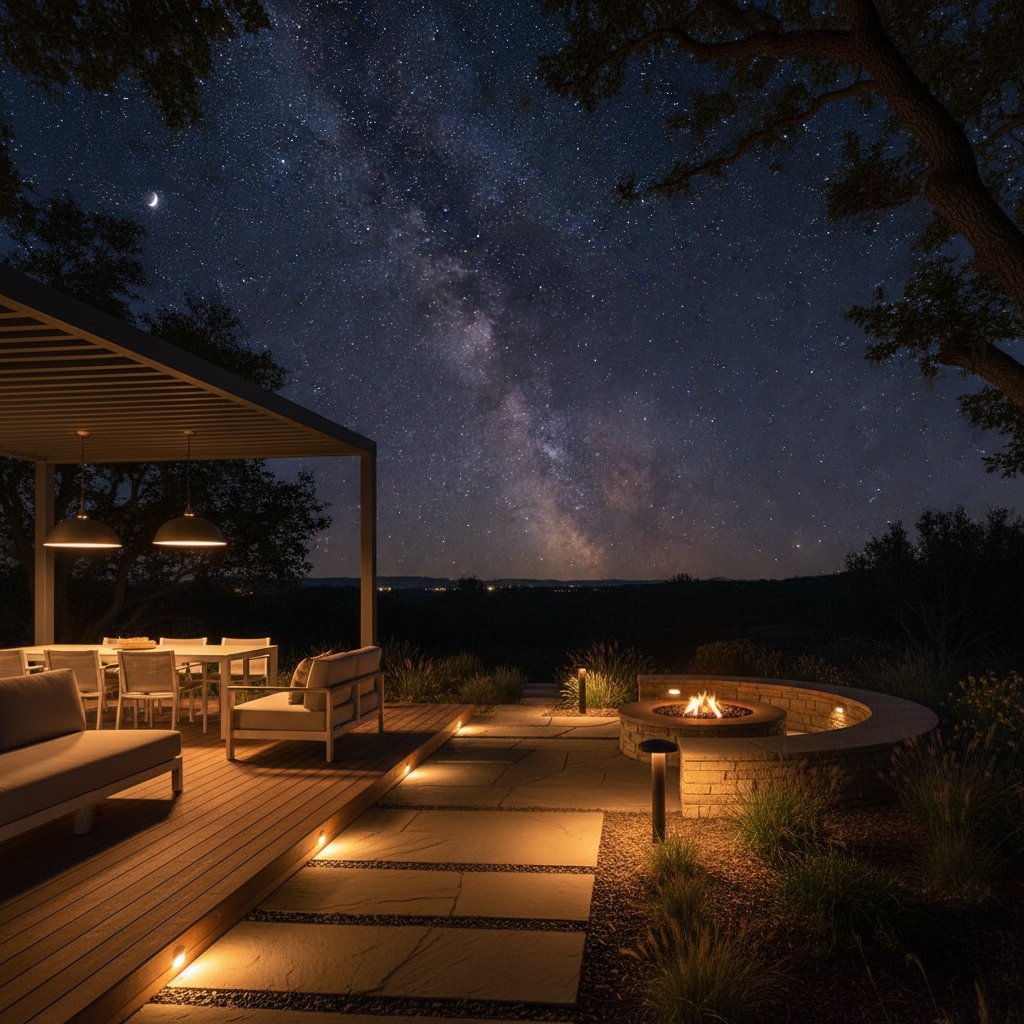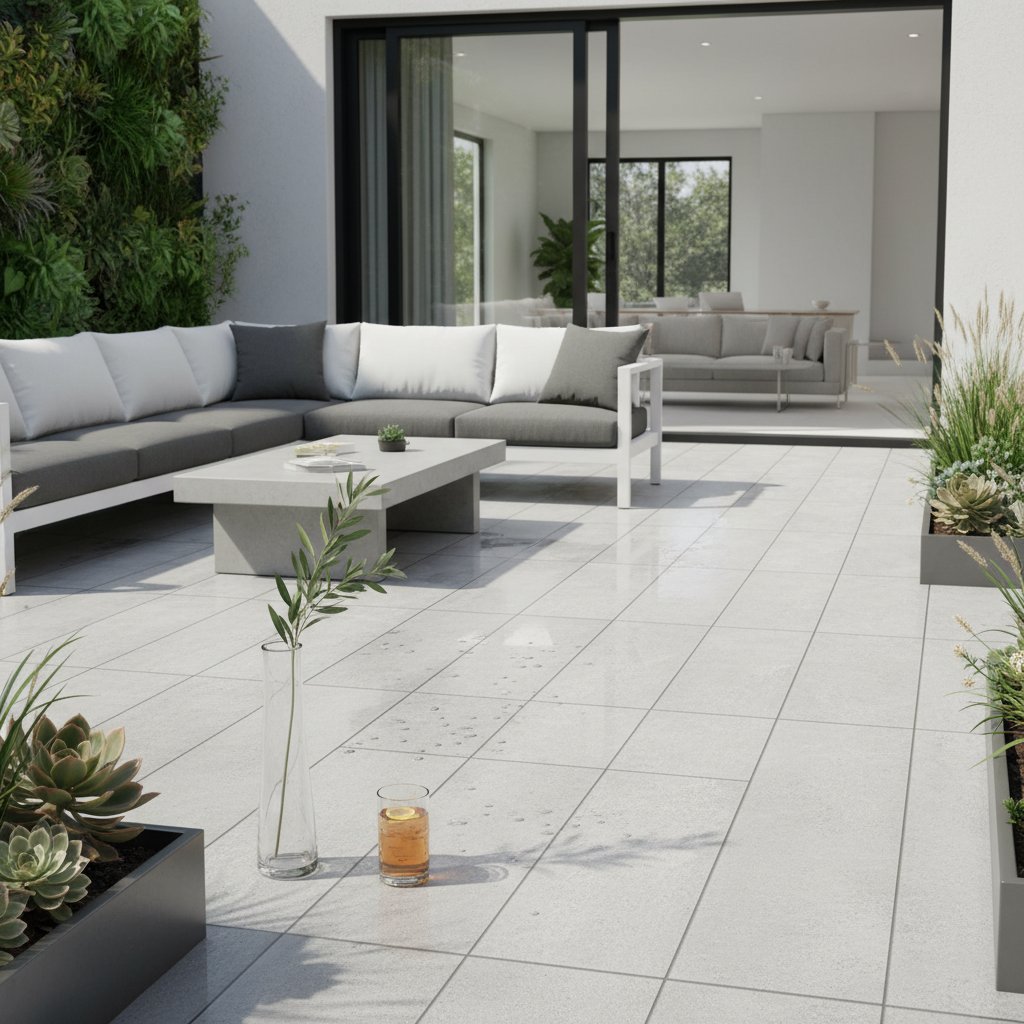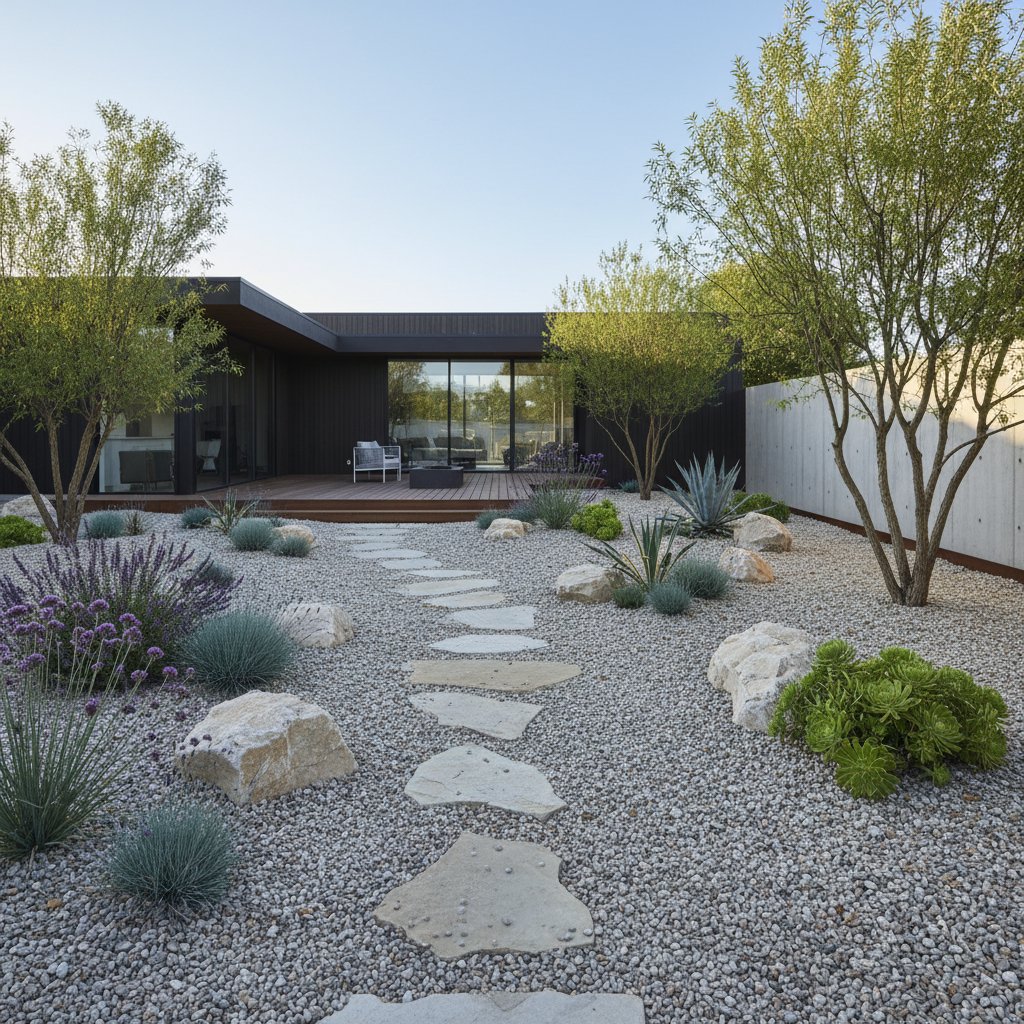Dark Sky Lighting: Cut Pollution in Your Outdoor Haven
Many homeowners experience outdoor lighting that overwhelms rather than enhances the night. Harsh glare from patios or garden fixtures often obscures stars and disrupts the natural ambiance. Dark sky lighting addresses these issues by directing illumination precisely, reducing light pollution while maintaining safety and appeal.
This method focuses on efficiency and harmony with the environment. It minimizes energy waste and preserves the visibility of celestial features. Homeowners achieve a balanced outdoor space that invites relaxation without excess brightness.
Assessing Your Current Outdoor Lighting
Examine your yard at dusk to identify inefficiencies. Observe from a distance to see light spill upward or onto neighboring properties. Note fixtures that contribute to glare or uneven coverage.
Identify specific problems such as:
- Lights that emit in all directions rather than focusing downward.
- Bulbs with cool, white tones that intensify skyglow.
- Fixtures remaining illuminated unnecessarily overnight.
This assessment reveals opportunities for improvement. Many discover that targeted adjustments yield immediate benefits in aesthetics and energy savings.
Planning for a Dark Sky Friendly Design
Begin planning by mapping your outdoor needs. Prioritize intentional placement of shielded fixtures to illuminate pathways, entry points, and focal features. Ensure light activates only during use to avoid constant exposure.
Focus on Purpose
Determine the function of each light source. Pathway markers require subtle ground-level glow for safe navigation. Entry lights need sufficient brightness for visibility without overwhelming the surroundings.
Accent features, such as trees or sculptures, benefit from narrow beams that highlight contours. This targeted approach creates a cohesive design that enhances rather than competes with the night.
Choose the Right Fixtures
Select fully shielded or cutoff models that block upward and sideways light escape. These designs feature hoods or lenses directing 90 percent or more of output downward. Opaque tops prevent skyward glare while maintaining clear visibility below.
Verify compliance with International Dark-Sky Association standards for optimal performance. Such fixtures integrate seamlessly into various landscapes, from modern patios to rustic gardens.
Pick the Right Bulbs
Opt for warm-toned bulbs rated at 2700K to 3000K for a soft, inviting glow. These reduce eye strain and minimize disruption to nocturnal wildlife compared to cooler 5000K options.
Choose LED bulbs with lumens matched to the area, typically 200 to 800 per fixture for residential use. This prevents over-illumination while allowing adjustments for specific needs.
Simple Changes That Make a Big Difference
Implement modifications without a full overhaul. Start with automation and repositioning to achieve quick results. These steps enhance safety, efficiency, and visual harmony.
Add Timers and Motion Sensors
Install motion-activated sensors on key fixtures to provide illumination on demand. Set timers for decorative lights to deactivate after midnight, conserving energy during unused hours.
This combination ensures security without persistent glow. Sensors detect movement up to 30 feet, activating for 1 to 10 minutes as configured.
Reposition Fixtures
Adjust angles to aim light downward, reducing spill by up to 50 percent. For wall-mounted units, tilt shades to cover the beam within the intended zone.
Test repositioning during twilight to confirm effectiveness. This simple shift transforms harsh spots into controlled, welcoming areas.
Use Lower Wattage
Replace high-wattage bulbs with equivalents offering 60 to 100 lumens per square meter for paths. This level suffices for navigation while cutting energy use by 40 percent or more.
Lower output also lowers heat generation, extending fixture lifespan. Monitor for adequate coverage and supplement sparingly if shadows persist.
Create Layers of Light
Layer sources for depth: combine 12-inch bollards along walks with overhead porch fixtures. Add subtle uplights on vertical elements, limited to 300 lumens each.
This technique mimics natural moonlight, fostering tranquility. Adjust layers seasonally to adapt to changing garden growth.
Protecting Nature and Wildlife
Artificial light alters ecosystems beyond aesthetics. Nocturnal species depend on darkness for essential behaviors like foraging and navigation. Excessive illumination leads to disorientation and population declines.
Insects, vital pollinators, exhaust themselves around bright sources. Shielded, warm lighting mitigates this by limiting attraction range. Local biodiversity, including birds and amphibians, recovers in darker environments.
Plants respond to light cycles for growth regulation. Interruptions weaken flowering and fruiting. Dark sky practices support healthier gardens by allowing natural rest periods.
Creating Ambiance Without Overlighting
Reducing light intensity heightens sensory appeal. Controlled pools of illumination create shadows that add intrigue and depth to landscapes.
Incorporate reflective materials like light-colored stone to amplify subtle glows. Fountains or ponds capture and diffuse light, evoking serene movement.
Selective placement emphasizes architectural or natural highlights. Evenings shift from stark to immersive, promoting mindful outdoor experiences.
Practical Tips for Every Type of Space
Adapt principles to your layout for versatile application. Tailor selections to scale and usage patterns across zones.
Patios and Decks
Mount shielded sconces at 66 inches high to wash walls downward. Swap floodlights for 10-watt LED equivalents in recessed housings.
Incorporate dimmers adjustable from 10 to 100 percent for versatile moods. This setup suits social gatherings or solitary evenings.
Pathways and Driveways
Space 18-inch bollards every 6 to 8 feet for even coverage. Direct stakes at 10 degrees inward to contain light on surfaces.
Solar options with 200-lumen output provide eco-friendly alternatives. Ensure batteries recharge fully in partial shade.
Gardens and Landscaping
Spotlight one specimen plant per 100 square feet with 20-degree beams. Avoid broad washes; use timers for evening-only activation.
Temporary lanterns on stakes offer 50-lumen flickers for events. Position away from wildlife corridors to minimize impact.
Entryways and Security Areas
Place PIR sensors at doors for 120-degree detection arcs. Limit continuous lighting to 30 minutes post-activation.
Choose style-matching cutoffs in bronze or black finishes. This balances curb appeal with dark sky compliance.
Energy and Cost Benefits
Targeted lighting slashes consumption by directing output efficiently. Fewer operating hours and lower wattages reduce bills by 20 to 50 percent annually.
Durable fixtures withstand elements better, cutting replacement needs. Controlled use deters pests and maintains cooler microclimates.
These practices lower environmental impact through reduced emissions. Sustainable choices enhance property value over time.
Encouraging Community Awareness
Individual actions influence broader adoption. Share observations of clearer skies and wildlife returns with neighbors.
Propose HOA policies for shielded standards during meetings. Participate in local dark sky initiatives for certification and resources.
Conversations foster collective progress. Each adjusted fixture contributes to communal nighttime preservation.
Observing Enhanced Garden Vitality
Post-implementation, track changes in visibility and serenity. Stars reemerge, and ambient sounds amplify in reduced glare.
Wildlife activity increases, signaling ecosystem balance. Plants exhibit vigorous growth under restored cycles.
Your space evolves into a nurturing retreat, blending human comfort with natural rhythms.



